Tokyo is the capital of Japan. In the 17th century, Tokyo was a small fishing village called Edo that looked out over the Bay of Honshu. But in 1603, Shogun Tokugawa Ieyasu chose Edo as his seat of power. At the time, the shogun was Japan’s leading political authority. Real power lay in the shogun’s hands while the emperor, who lived in Kyoto, had a nominal role. Ieyasu rebuilt the Edo castle and forced political functionaries to move to the city. Edo soon became Japan’s political and economic epicenter. Five major roads were built linking Edo to the rest of Japan. Between the 18th and 19th centuries, the city’s population surpassed one million. A vibrant middle class was born. The red-light district, Yoshiwara, became the center of Tokyo’s nightlife. A style of painting called Ukiyo-e, or “pictures of the floating world,” rose to prominence. In 1868, Emperor Mutsuhito Meiji abolished Japan’s shoguns and moved the imperial residence to Edo. Edo became Japan’s capital, and was renamed Tokyo, or “eastern capital,” referring to the fact that it lies east of the former capital, Kyoto.
On September 1, 1923 an earthquake rocked Tokyo. The quake killed an estimated 100,000 people. Tokyo’s wooden buildings with rice paper doors were gone forever, replaced by Western-style concrete and cement buildings. On April 18, 1942,the United States bombed Tokyo in the early stages of World War Two. Subsequent bombing raids almost completely destroyed the city. Modern city-planning methods were used to rebuild a post-war Tokyo. After Japan’s defeat in 1945, American troops were garrisoned in the city until 1952. The occupation left its mark on Japan, which became the most Westernized nation in Asia. Tokyo was the most Westernized Asian capital. In 1968, Japan was the only Asian nation to experience Western-style student protests. In October 1968, students and workers stormed the National Diet. Police and protesters clashed for three days. In the 1980s, Tokyo became a major international financial center and home to Asia’s most important stock exchange. Population density was extremely high, more than 5,000 inhabitants per square kilometer. Real estate prices reflected this demand, reaching dizzying heights. The Ginza neighborhood was comparable in worth to the American state of California. In the 1990s the real estate market plummeted, initiating a severe economic crisis. Some investors became homeless. Others committed suicide. Tokyo rallied in 2000. New, bold architecture demonstrates Tokyo’s importance in global capitalism.
On September 1, 1923 an earthquake rocked Tokyo. The quake killed an estimated 100,000 people. Tokyo’s wooden buildings with rice paper doors were gone forever, replaced by Western-style concrete and cement buildings. On April 18, 1942,the United States bombed Tokyo in the early stages of World War Two. Subsequent bombing raids almost completely destroyed the city. Modern city-planning methods were used to rebuild a post-war Tokyo. After Japan’s defeat in 1945, American troops were garrisoned in the city until 1952. The occupation left its mark on Japan, which became the most Westernized nation in Asia. Tokyo was the most Westernized Asian capital. In 1968, Japan was the only Asian nation to experience Western-style student protests. In October 1968, students and workers stormed the National Diet. Police and protesters clashed for three days. In the 1980s, Tokyo became a major international financial center and home to Asia’s most important stock exchange. Population density was extremely high, more than 5,000 inhabitants per square kilometer. Real estate prices reflected this demand, reaching dizzying heights. The Ginza neighborhood was comparable in worth to the American state of California. In the 1990s the real estate market plummeted, initiating a severe economic crisis. Some investors became homeless. Others committed suicide. Tokyo rallied in 2000. New, bold architecture demonstrates Tokyo’s importance in global capitalism.
RELATED


LIVER ALLA VENEZIANA
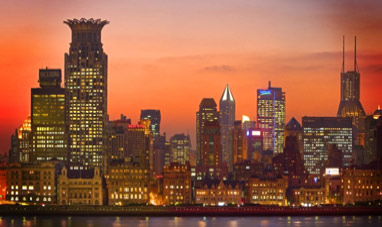

SHANGHAI
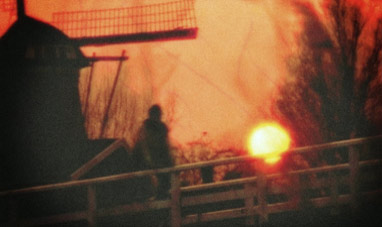

AMSTERDAM


CHINESE CUISINE


RATATOUILLE


SYDNEY OPERA HOUSE


RABBIT ALLA CACCIATORE


CHOCOLATE SALAMI


ARAB CUISINE
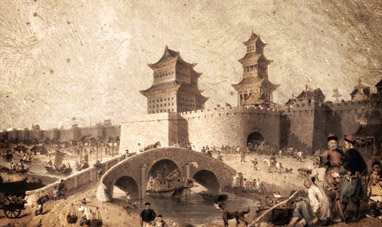

BEIJING
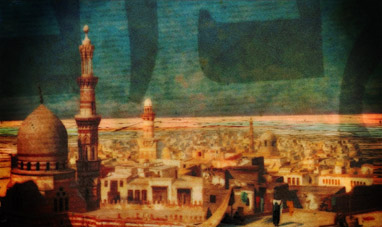

BAGHDAD


COCONUT DELIGHTS


GOULASH
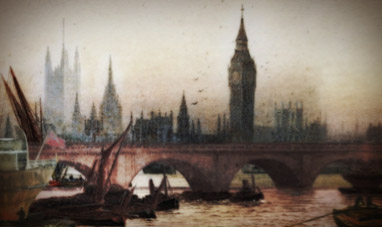

LONDON
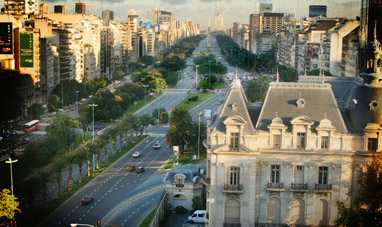

BUENOS AIRES


VITELLO TONNATO


RIO DE JANEIRO


CARIBBEAN CUISINE
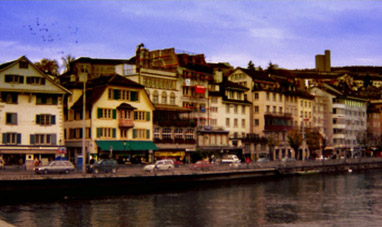

ZÜRICH


SHRIMP RISOTTO
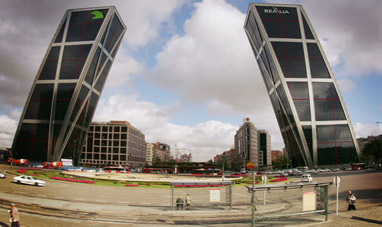

MADRID


VODKA
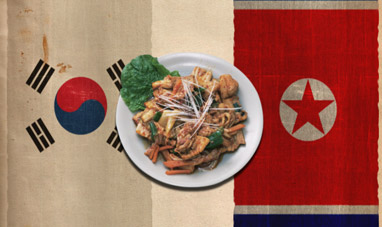

KOREAN CUISINE


THE ACROPOLIS IN ATHENS


SEPPIOLINE WITH PEAS
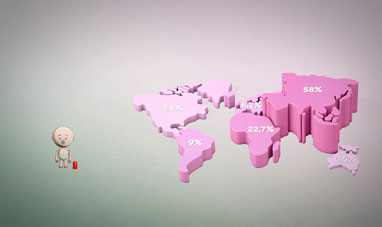

HOW LONG DO WE LIVE?


SCALOPPINE IN WHITE WINE SAUCE


BAVARIAN CUISINE
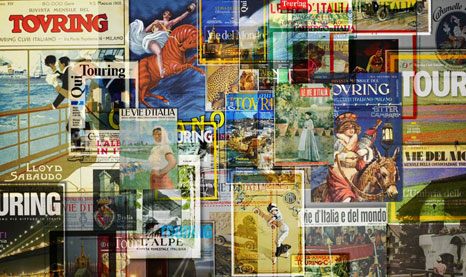

ITALIAN TOURING CLUB
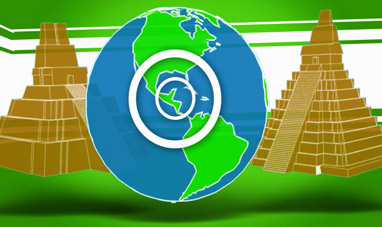

MAYAN MONUMENTS: UXMAL, TIKAL AND PALENQUE


BRAZIL


GREEK CUISINE
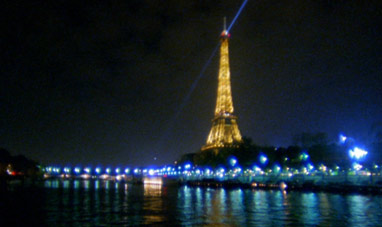

PARIS


SPANISH CUISINE
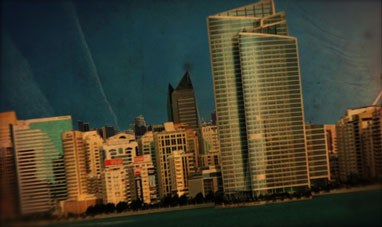

ABU DHABI
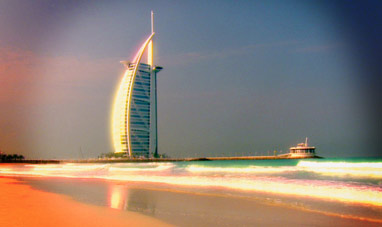

DUBAI
